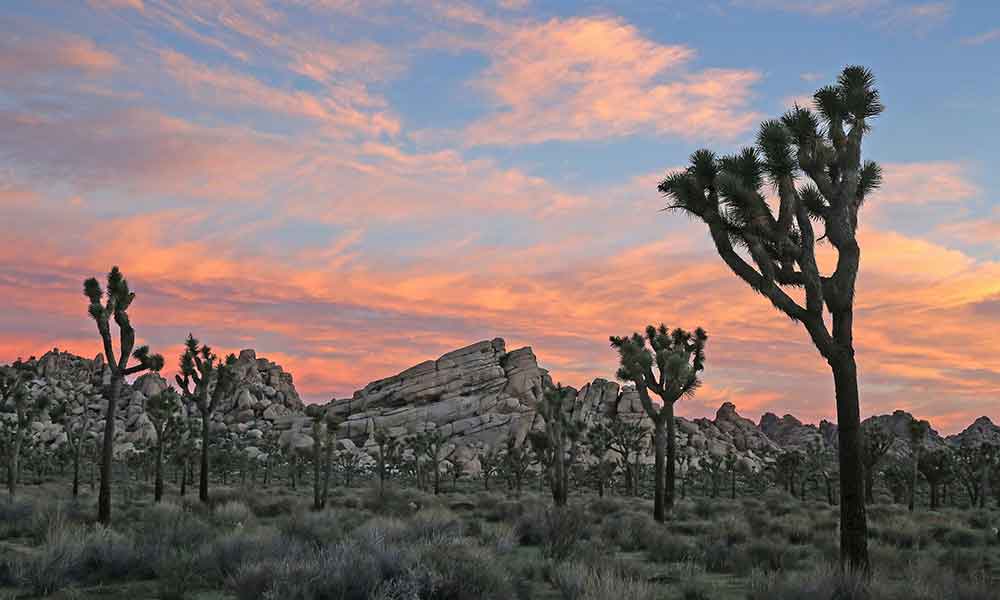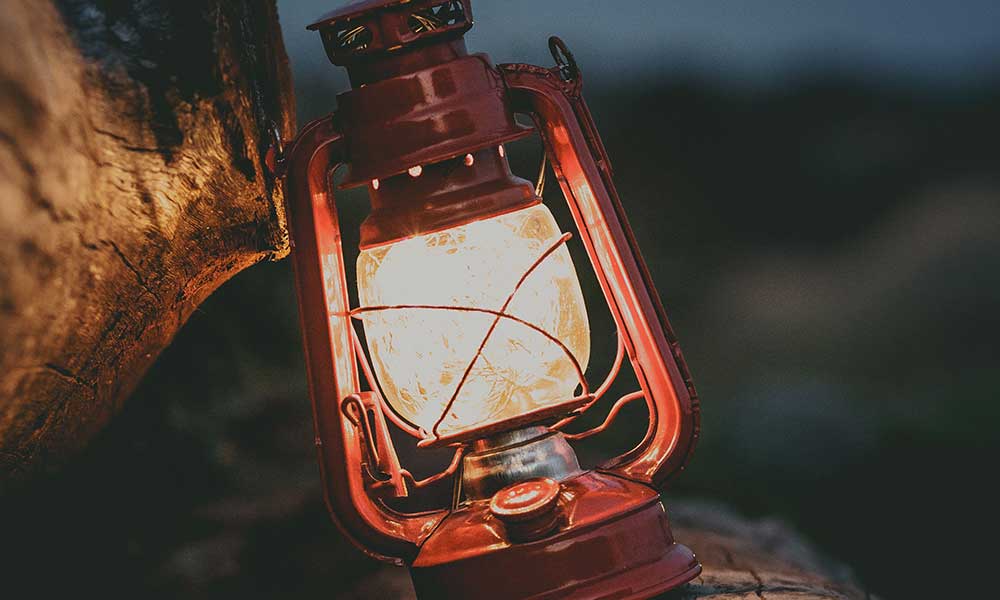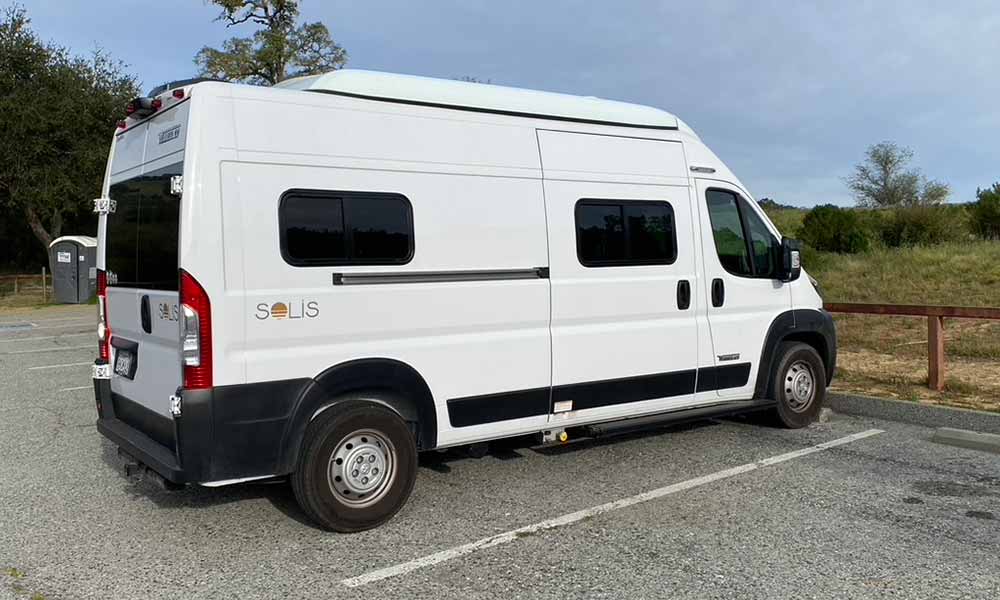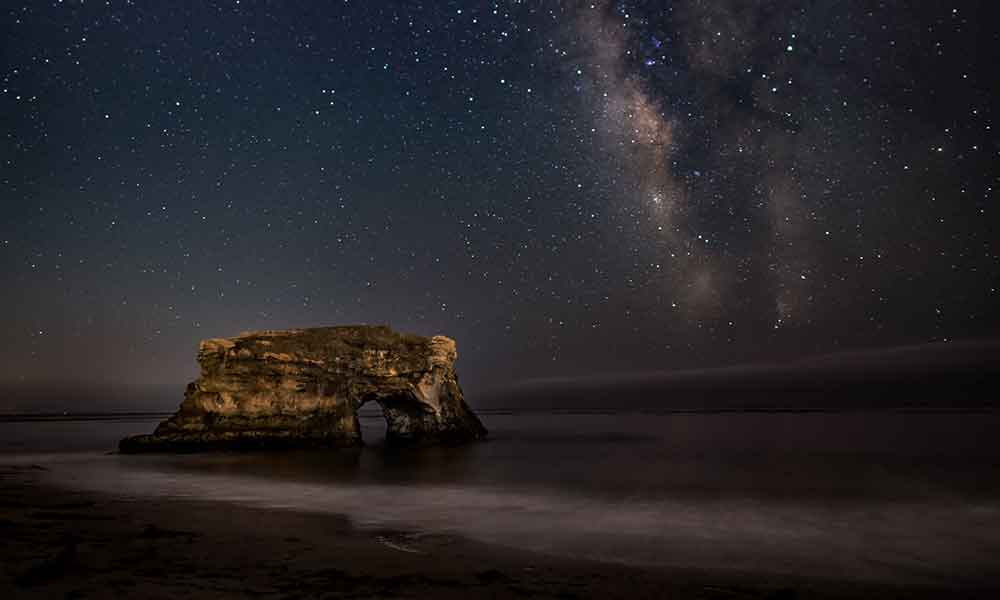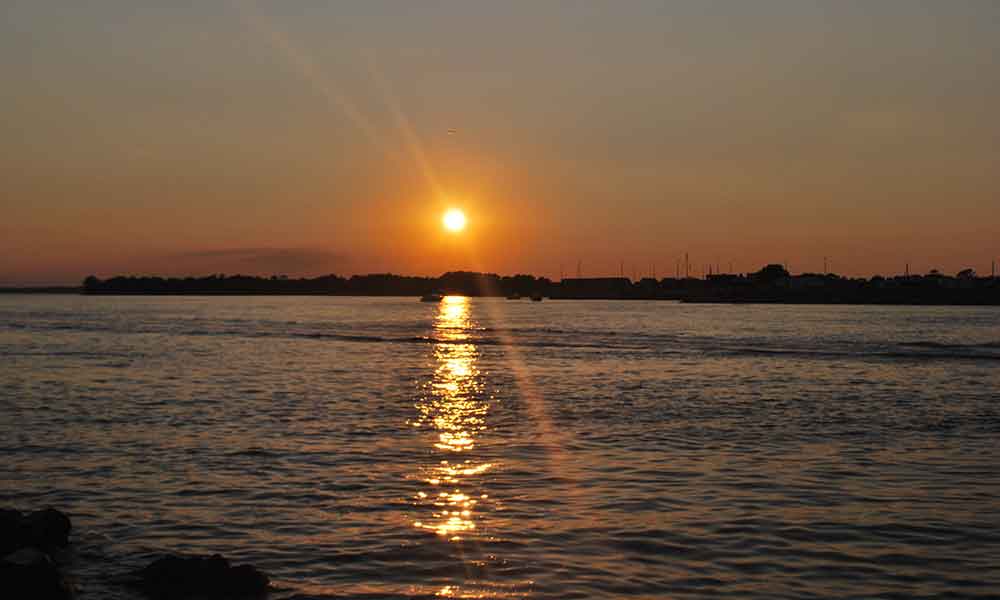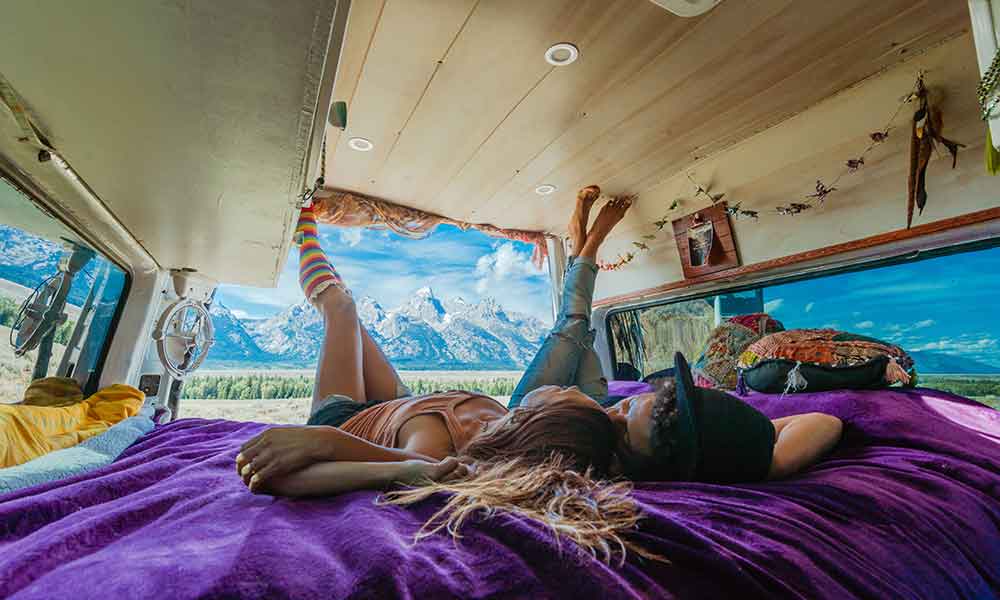Camping in Joshua Tree, California, is nothing short of spectacular, with scenic campgrounds nestled among massive rock formations and sites ideal for pitching a tent or setting up an RV. However, you may need some helpful hints to choose where to camp in Joshua Tree, California.
Hidden Valley, Ryan, and Jumbo Rocks are the three most popular campgrounds central to the park’s main attractions and boast spectacular scenery. However, The Belle, Indian Cove, and White Tank are more remote, but they have equally stunning sites.
Joshua Tree is a popular spot to escape into the Californian desert. With so many people competing for a limited number of camping sites, a spontaneous weekend trip can quickly turn into a headache. With this in mind, any Joshua Tree fan will tell you that securing a solid campsite may be the most essential part of your trip planning.
The 8 Best Places To Camp In Joshua Tree, California
The Joshua Tree National Park offers a camping experience like no other place on the planet. The park’s signature trees, massive boulders, and surrounding mountains create an almost surreal landscape that feels like it belongs in another world.
It’s difficult to say one campground is significantly better than another, and deciding where to camp in Joshua Tree often comes down to where you want to be in the park and what is available when you arrive.
1. Hidden Valley Campground
Hidden Valley Campground is open to both tents and RVs. It’s close to many day hikes and the park’s best climbing spots. As a result, it is a sought-after spot during the peak season. Since it is first-come, first-served, it is best to arrive early in the week if you want to have an opportunity to camp here.
The campsites are all breathtaking, set among massive rock formations and dotted with mature Joshua trees. It’s also tranquil; generators are not permitted. This is by far the best site in Joshua Tree and the ideal place to camp if you can get a spot.
2. White Tank Campground
White Tank is located on the park’s east side, connecting the North Entrance Station and Cottonwood. The boulder-strewn landscape here is ideal for a campground, with enough privacy, areas to explore the rocks, and a few Joshua trees for the perfect atmosphere.
This is an excellent option for campers looking for a quiet experience, with only 15 spacious sites and plenty of nearby rocks for privacy. Generators are not permitted, and RVs must be no longer than 25 feet in length.
3. Belle Campground
Belle Campground offers a similar camping experience to White Tank. Large boulders are piled high around the sites, and Joshua trees are strewn about. The campground has eighteen first-come, first-served campsites, many of which are only large enough for a tent. Likewise, generators are not permitted.
Both the White Tank and Belle campgrounds are quite tranquil, and while they are still close to Park Boulevard and attractions such as Skull Rock, they have a more remote feel.
4. Jumbo Rocks Campground
With 124 campsites, Jumbo Rocks is the park’s largest campground. It is centrally located in the park and is built around huge rocks with sheer cliff faces and some large Joshua trees. It has both spacious and tiny campsites.
Certain sites here can accommodate RVs up to 32 feet long, while others can only accommodate a small tent. Even the smallest campsite here is more impressive than some of the best campsites in other national parks because it is set beneath a towering rock formation that reflects the late-day sun.
5. Ryan Campground
Ryan Campground is sometimes called Hidden Valley’s overflow campground, but that doesn’t mean it’s a desert wasteland. This is still an enjoyable camping area with spacious sites, though the sites offer slightly less privacy than at the park’s other campgrounds. Generators are not permitted. Ryan Campground is also well located if you want to be near the park’s western edge.
6. Indian Cove Campground
Indian Cove is a nice camping area, but it is located outside the park’s main entrance gates, near Twentynine Palms. This area is lower in elevation and contains only a few small trees and vegetation.
However, Indian Cove is reservable from October to May, so you won’t have to stress about finding a site if you plan ahead. The campground has 101 tent and RV sites and can accommodate RVs up to 35 feet long. There are also group campsites that are set off on their own. Generators are permitted, but only for two-hour periods at specific times of the day.
7. Cottonwood Campground
Cottonwood Campground is located far from the main attractions and is one of the park’s least scenic campgrounds. The sites are spread over a large area and set among small scrub trees. Because the campground is at a lower elevation, it is much warmer than other parts of the park.
Cottonwood Campground is located on the park’s southeast side and is a good option if you’re looking for a place to camp near Interstate 10. There is a picnic table and a fire ring at each location. Each campground loop has one tap with potable water. There are flush toilets, but there are no showers. Generators are permitted, but only for two-hour periods at specific times of the day.
8. Black Rock Campground
Black Rock Campground is located on the opposite side of the park from Cottonwood. This is a beautiful campground with a high concentration of Joshua trees, and it’s also a popular bird-watching spot.
The most significant disadvantage of this campground is its distance from the park’s main section, which is at least a 45-minute drive away. However, campsites are reservable here, which may be necessary from fall to spring.
Every campsite has picnic facilities and a firepit, and there are flush toilets throughout the campground. Generators are permitted, but only during specific hours three times per day. An isolated area has been set aside for horse owners for both camping and staging.
When Is The Best Time To Camp In Joshua Tree, California?
Unlike other national parks, Joshua Tree does not have a peak season during the summer months. Daytime highs in the park will typically be north of 100°F between early June and mid-September. The park is an unforgiving place to be in the heat, with very little shade and no water.
As a result, Joshua Tree’s busy season begins in the fall, continues through the winter, and resumes in the spring. The summer heat makes this a less than ideal camping experience by late May. From September to May, four of the campgrounds are available for reservations during the peak season.
Reservations for Black Rock, Indian Cove, Cottonwood, and Jumbo Rocks Campgrounds are available six months in advance during this time.
What To Know About Camping in Joshua Tree, California
There are no stores or places to buy supplies in the park, so you must bring everything with you. Should you need something, there are stores in nearby Twentynine Palms, but it is a relatively long drive from the park.
Picnic tables, fire pits, barbeques, and, depending on the campground, flush or vault toilets are provided. There is no cellular service, Wi-Fi, RV hookups, and water. Only the Black Rock and Cottonwood Campgrounds have dump stations, which are quite far from the main campgrounds.
The campgrounds offer both first-come, first-served, and reservable campsites. Apart from Jumbo Rocks, the best campsites are still first-come, first-served. The following campgrounds are first-come, first-served: Belle, Hidden Valley, Ryan, and White Tank.
It’s wise to arrive as early in the week as possible to have the best chance of getting a site, and don’t expect to get a spot on a Friday afternoon from October to May. On a Thursday afternoon, you might not even be able to find a campsite, especially if the weather is nice. During this time of year, the campgrounds are almost always full.
Conclusion
Hidden Valley and Jumbo Rocks are the campsites most central to the main tourist attractions in Joshua Tree, and all offer spectacular scenery. The Belle and White Tank campgrounds are located on the park’s east side and are slightly more remote, but they have equally stunning settings and beautiful sites.
Indian Cove is a nice campground set among boulders, but it is off the main roads running through the park, so getting into the park’s main section will require commuting and possibly a wait at the entrance station.

